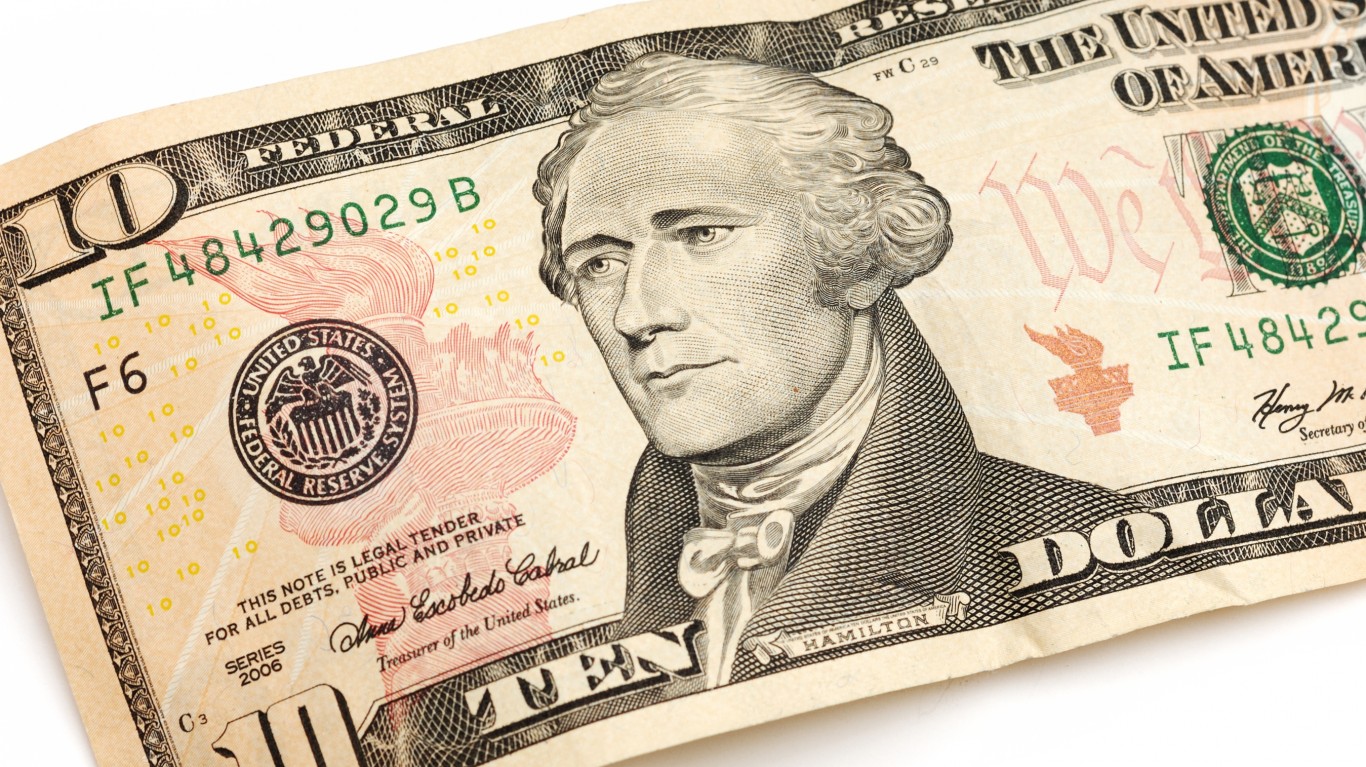 Even if 2011 has gotten off to a rough start for gold, everyone knows that the value of gold is at historic highs. What is interesting is that there is rarely a discussion about which countries actually have a lock on the world’s gold. 24/7 Wall St has compiled a list of the top 13 nations which hold the bulk of the world’s gold reserves and added in an outlook for 2011.
Even if 2011 has gotten off to a rough start for gold, everyone knows that the value of gold is at historic highs. What is interesting is that there is rarely a discussion about which countries actually have a lock on the world’s gold. 24/7 Wall St has compiled a list of the top 13 nations which hold the bulk of the world’s gold reserves and added in an outlook for 2011.
After having peaked above $1,420 per ounce at the end of 2010, gold has recently traded under $1,330 per ounce and has basically put in 3-month lows. As part of its analysis 24/7 Wall St. looked at the trends of the world’s top holders that may drive demand up or down ahead in 2011 after taking a look at the new data from the World Gold Council.
Many issues should be considered in gold investing including demand from the private sector for bars, coins and jewelry along with industrial use.
1) United States holds 8,133.5 tonnes.
 What the U.S. holdings will be when the next report comes out in another 7 weeks or so is uncertain. There will have been more than $600 billion in new commitments for Quantitative Easing by the Federal Reserve in the last few months. The US debt ceiling has been an ongoing issue. The U.S. could always try unloading some gold to depress rising commodity prices rather than to increase the deficit, but unfortunately that would only last a few months. If it did sell some of the shiny gold metal, Uncle Sam would have to find huge amounts of gold later. Besides, it is arguable whether countries are any good at price intervention. The lackluster economic recovery may result in little change in the gold holdings of Uncle Sam in 2011.
What the U.S. holdings will be when the next report comes out in another 7 weeks or so is uncertain. There will have been more than $600 billion in new commitments for Quantitative Easing by the Federal Reserve in the last few months. The US debt ceiling has been an ongoing issue. The U.S. could always try unloading some gold to depress rising commodity prices rather than to increase the deficit, but unfortunately that would only last a few months. If it did sell some of the shiny gold metal, Uncle Sam would have to find huge amounts of gold later. Besides, it is arguable whether countries are any good at price intervention. The lackluster economic recovery may result in little change in the gold holdings of Uncle Sam in 2011.
Thank you for reading! Have some feedback for us?
Contact the 24/7 Wall St. editorial team.



